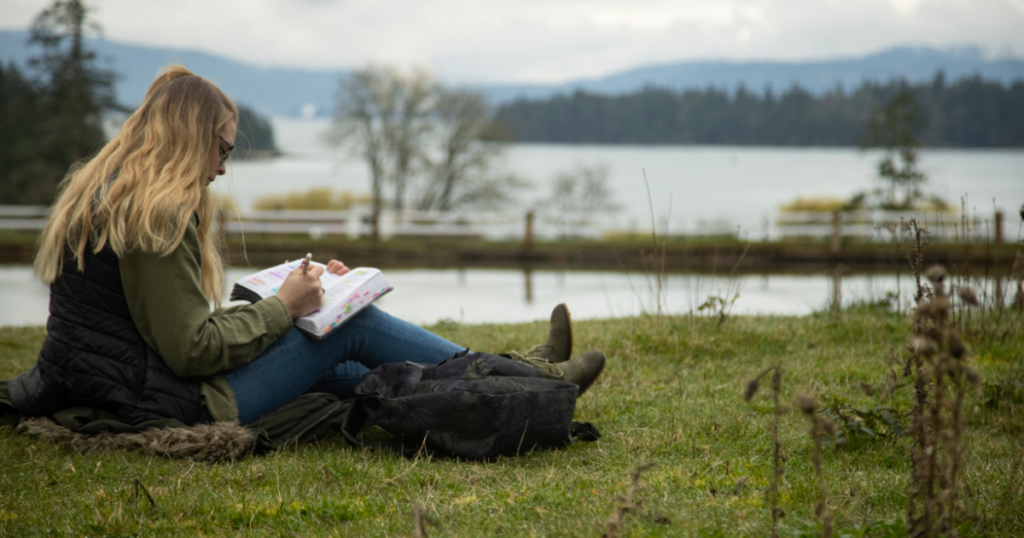Parents often have differing styles of parenting. An example is when children experience some form of physical injury. Some parents rush in at any cut, scrape, or bruise as if it is a catastrophe, wanting to cuddle their child and remove any hurt completely. They want to kiss the child, cleanse the area, and apply the bandage to promote quick and complete healing.
Other parents point their children to the first aid kit and tell them to call if they need any help cleaning and bandaging themselves. These parents make sure the necessary supplies are available because they know their children will get injured from time to time. Minor cuts, scrapes and bruises are seen as a natural part of living life, trying new things, and growing up.
Alternatively, a few parents, hopefully not too many, may offer unhelpful advice to their children, like, “You aren’t hurt all that badly, rub some dirt on it and you’ll get over it.” Perhaps for these parents anything less than the need to go to the emergency room is just a normal life experience.
Regardless of parenting style, when children are injured, there is an obvious physical indicator like a cut, scrape, abrasion, road rash for where to apply the bandage. The injury is obvious, even though the magnitude of the injury may be a matter of personal perspective both to the child and the parent. Physical injuries are usually obvious and how to treat them is a matter of perspective, skill, experience, and training. But it’s clear, with a physical injury, there is a place to apply care and put the bandage.
But what about a trauma injury?
These are the injuries that result from long periods of distress or a short period of intense distress that cause a condition called trauma. This type of injury is real and needs treatment to help begin healing and overcome the injury. But how do you identify and treat trauma injuries? Where do you put the bandage when the injury is not so obvious?
A significant step is to determine what aspects of the person’s life has been injured by trauma. There may appear to be no obvious trauma injury, but there could be physical evidence of the trauma because our bodies react to trauma often resulting in not functioning optimally like it once did. Evidence of trauma injuries could show up as regression or absence of skills or abilities once possessed.
Trauma also can produce psychological injuries and impact our mental ability to think, reason, or use our normal coping skills. A significant change in behaviors and actions could be evidence of trauma. Often traumatized people do not act or behave like they usually do. There’s just something “off” about how they are behaving.
Our ability to connect with or get along with others can also be affected by trauma. We are created for relationships and community with others. When one member of the group experiences a trauma injury it can change the dynamic of the entire group.
Finally, traumatic injury can negatively damage individuals spiritually. Whether people admit it or not, everyone has a sense of what is right or wrong, what is fair, and how things ought to be. Traumatic injuries often damage this innate ability because the situation that caused the trauma injury seems unfair or underserved. Individuals may feel or express that they are being unjustly punished.
It’s good to be aware and acknowledge that trauma affects each person differently.
Just as each person is different, trauma injuries can affect each person differently even in the same aspects of life. That’s why when multiple people experience the same event, the way each person reacts can be very different.
For example, one area of life may be the primary area of trauma injury or there may be a couple of areas that are significantly affected while other areas may experience minor or no significant injury. Each person is different, and a trauma injury must be taken as seriously and individually as a physical injury.
It’s also worth noting that trauma effects can and do change over time. Sometimes the effects lessen over time as people begin to “bounce back” or “get over” and “get going” in life again. However, the effects of trauma are still present, but individuals begin to learn how to better live with the effects and/or implement healthy coping skills to counter the negative impact of the trauma effects.
Sometimes the trauma effects build over time. Some people operate for a while on adrenaline and exhibit the “hero effect.” When the adrenaline lessens the reality sets in, and the evidence of trauma injury becomes apparent.
Trauma care is a specialized form of care.
Just because there’s no obvious place to put the bandage does not mean you are not injured. Rubbing some dirt on it or ignoring it usually won’t make the trauma injury go away. Perhaps if you have good and effective coping skills someone can provide you with a “first aid kit” and you can begin selfcare and healing from trauma. Often, you will need someone, a sort of trauma injury first responder, to help stabilize you, and if necessary, get you connected with the appropriate advanced care. Remember it takes courage to ask for help and there is no shame in experiencing a trauma injury. Healing for trauma injuries is a process.
Disclaimer: The author of this blog is not a licensed healthcare professional, social worker, or vocational counselor. The author is a trained and experienced chaplain working exclusively with people who have been or are currently being traumatized by life situations. This chaplain is a first responder helping people stabilize their situation and begin to use effective coping skills or helping them find appropriate resources to begin recovering from traumatic injuries. Information in this blog comes from training and experience and is not intended to be diagnostic.




